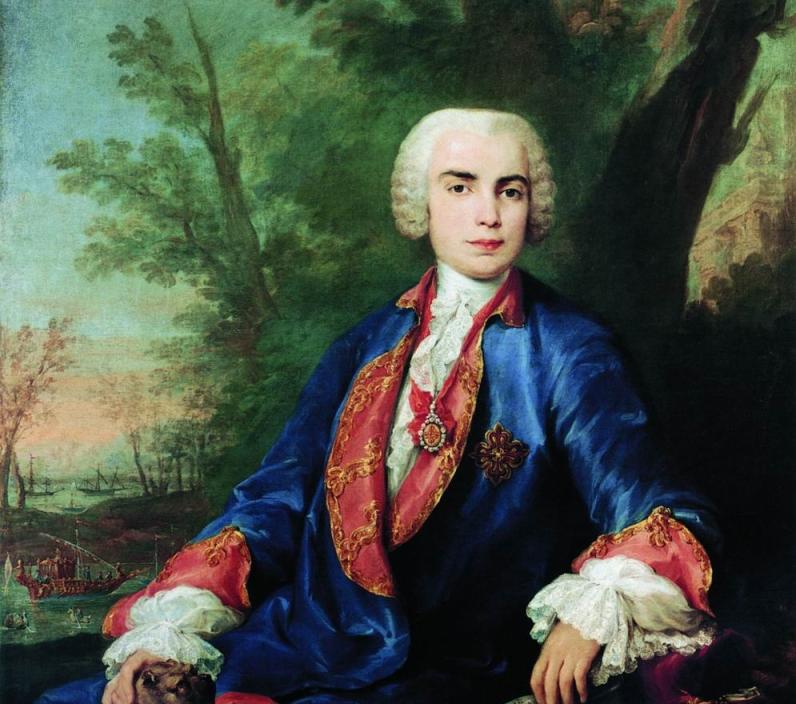In the annals of music history, there exists a haunting legacy, one that conjures both fascination and discomfort – the castrati. These enigmatic figures, prominent in the Baroque and Classical eras, were male singers castrated before puberty to preserve their high vocal range. Their existence raises profound questions about the intersection of art, culture, and human sacrifice. This article delves into the history, impact, and controversy surrounding castrati, exploring their rise, fall, and enduring influence on music.
Origins and Rise of Castrati:
The practice of castration for musical purposes can be traced back to ancient civilizations, notably in Byzantium and the Byzantine Empire. However, it reached its zenith in Italy during the 16th to 18th centuries. The Catholic Church, with its prohibition on women performing in church choirs, played a pivotal role in the proliferation of castrati. Seeking to maintain the purity of church music, young boys were castrated to retain their angelic soprano or alto voices into adulthood.
Castrati were highly sought after for their unparalleled vocal abilities, possessing the range and power to captivate audiences in both sacred and secular settings. Their voices, possessing a unique blend of purity, agility, and resonance, transcended gender norms and propelled them to stardom across Europe.
The Golden Age of Castrati:
During the Baroque and Classical periods, castrati dominated the operatic stage and were featured prominently in the compositions of renowned composers such as Handel, Vivaldi, and Mozart. Their performances elicited awe and admiration, with audiences captivated by their vocal virtuosity and dramatic presence.
Castrati were not merely singers but cultural icons, revered for their otherworldly talents and adored by aristocrats and commoners alike. Their fame extended beyond the realms of music, influencing fashion, art, and even politics. Yet, behind the glittering façade lay a darker reality – one of physical and emotional sacrifice.
The Human Cost:
The castration procedure, known as castratione per compressione, was perilous and often fatal. Many young boys subjected to this procedure suffered lifelong physical and psychological consequences, including hormonal imbalances, stunted growth, and infertility. Moreover, the social stigma attached to castrati perpetuated a sense of alienation and marginalization, despite their elevated status in society.
While some castrati achieved fame and fortune, countless others languished in obscurity or poverty, their voices silenced by the cruelty of circumstance. Their stories serve as a poignant reminder of the human toll exacted by the pursuit of artistic excellence and cultural ideals.
Controversy and Decline:
The practice of castration for musical purposes faced increasing scrutiny and condemnation during the Enlightenment era. Enlightenment thinkers and moralists condemned the barbarity of castration, viewing it as a violation of human rights and dignity. Calls for abolition grew louder, prompting legislative measures to restrict or prohibit the castration of minors for non-medical reasons.
Additionally, changing musical tastes and evolving vocal techniques contributed to the decline of castrati. The rise of the tenor and the contralto voice types, coupled with advancements in vocal pedagogy, diminished the demand for castrati in operatic repertoire. By the 19th century, the era of the castrato was drawing to a close, marking the end of a remarkable but troubled chapter in music history.
Legacy and Influence:
Despite their disappearance from the stage, the legacy of castrati endures in the annals of music history. Their recordings, though rare, offer glimpses into the ethereal beauty of their voices, preserving their artistry for posterity. Moreover, the influence of castrati on vocal technique and interpretation continues to reverberate in contemporary opera and classical music.
Castrati also serve as a symbol of resilience and defiance in the face of adversity, their voices transcending the limitations imposed by society and biology. Their legacy compels us to confront uncomfortable truths about the intersection of art, commerce, and human suffering, challenging us to reflect on the ethical implications of artistic expression.
Conclusion:
The enigmatic allure of castrati persists, their voices echoing through the corridors of history, haunting and mesmerizing in equal measure. Theirs is a story of triumph and tragedy, of artistic brilliance overshadowed by the darkness of exploitation and sacrifice. As we contemplate their legacy, let us not forget the human cost behind the music – a solemn reminder of the complex interplay between beauty and suffering in the pursuit of artistic excellence.
